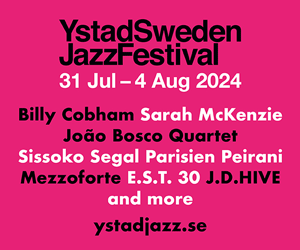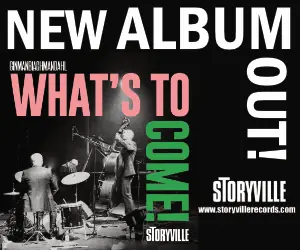In The Jazz Composer: Moving Music Off The Paper (Northway, 2009) Graham Collier coined his famous maxim “Jazz happens in real time, once.” This is never more appropriate than when applied to Moss Freed’s extraordinary assemblage Union Division. Micromotives is the first recorded documentation of Union Division’s two performances at City University on 11 September 2018 as part of SPARCfest and on 27 May 2021. This reviewer was privileged to attend the debut performance, thus gaining an invaluable perspective on the proceedings.
In contrast to other improvisational collectives, Freed devised the modus operandi of Union Division in a unique and novel format most accurately and succinctly described on The Sampler website: “The ensemble works with a lexicon of musical mechanisms and accompanying hand signs whereby players are able to nominate themselves to take temporary control, and attempt to coordinate the group in various ways. Each player has equal power to shape the performance, able to make compositional decisions whilst maintaining their improvisational freedoms. The music is generated through constantly renewed free-associations between the players and given materials, each piece constructed in real time by the hive mind of the group.”
Whilst hand signals in jazz performances are not unknown – for example, those florid ones employed by Billy Jenkins – Union Division’s are quite different and more complex since the signals are generated multilaterally.
Inevitably there will be comparisons drawn with say, Global Unity Orchestra or Sun Ra’s Arkestra at its least constrained, but these comparisons fall short of illustrating its level of spontaneous creativity that borders on the telepathic. At its most strident Micromotives sounds almost like Peter Brötzmann’s Machine Gun (BRÖ, 1968), whereas conversely in ruminative mode it recalls the free ensemble sections on early Mike Gibbs albums, as heard on say CD2’s Starlings (for Christian Wolff) beginning around 12.30.
Freed leads on Left-Leaning (for Louis Andriessen), channelling Sonny Sharrock, whilst his opening salvo on Hung Parliament (for Barry Guy) is by contrast Derek Bailey-esque. On this final track Freed is followed by improv veteran Steve Beresford on piano and at 13.50 by Will Glaser’s furious percussive torrent.
Whilst Micromotives is a valuable and intriguing record of the two performances, ultimately Union Division is best appreciated in real time, live and in person since the audiovisual impact – the metaphorical baton frequently passed by the musicians – needs to be seen to be believed.
Discography
CD1: Union Of Egoists (for Anthony Braxton); Unprecedented Times (for Pauline Oliveros); Left-Leaning (for Louis Andriessen) (60.36)
CD2: Kilter (for John Zorn); Starlings (for Christian Wolff); Hidden Hand (for Terry Riley); Hung Parliament (for Barry Guy) (66.43)
Freed (elg); Laura Jurd, Charlotte Keeffe, Sam Eastmond (t); Tullis Rennie (tb); Rachel Musson (ts); George Crowley (ts, cl); Chris Williams (as); Rosanna Ter-Berg (f, picc); Brice Catherin (clo); Otto Wilberg (b); Steve Beresford, Elliot Galvin (p); Will Glaser, James Maddren (d); Pierre Alexandre Tremblay (elec, elb). London, 11 September, 2018 & 27 May, 2021.
Discus 147CD
















